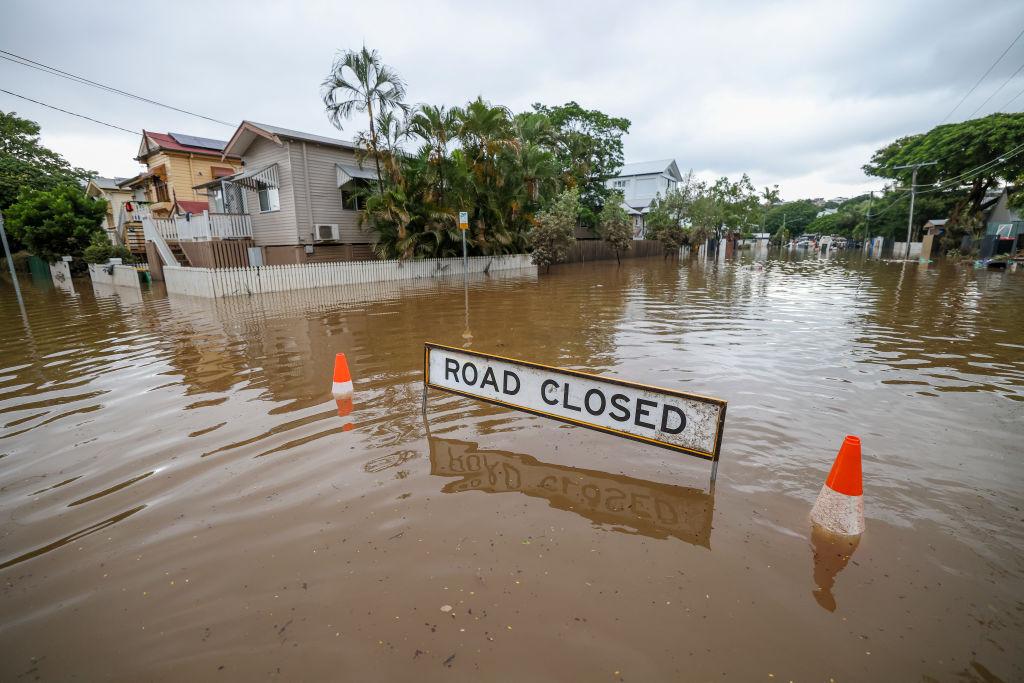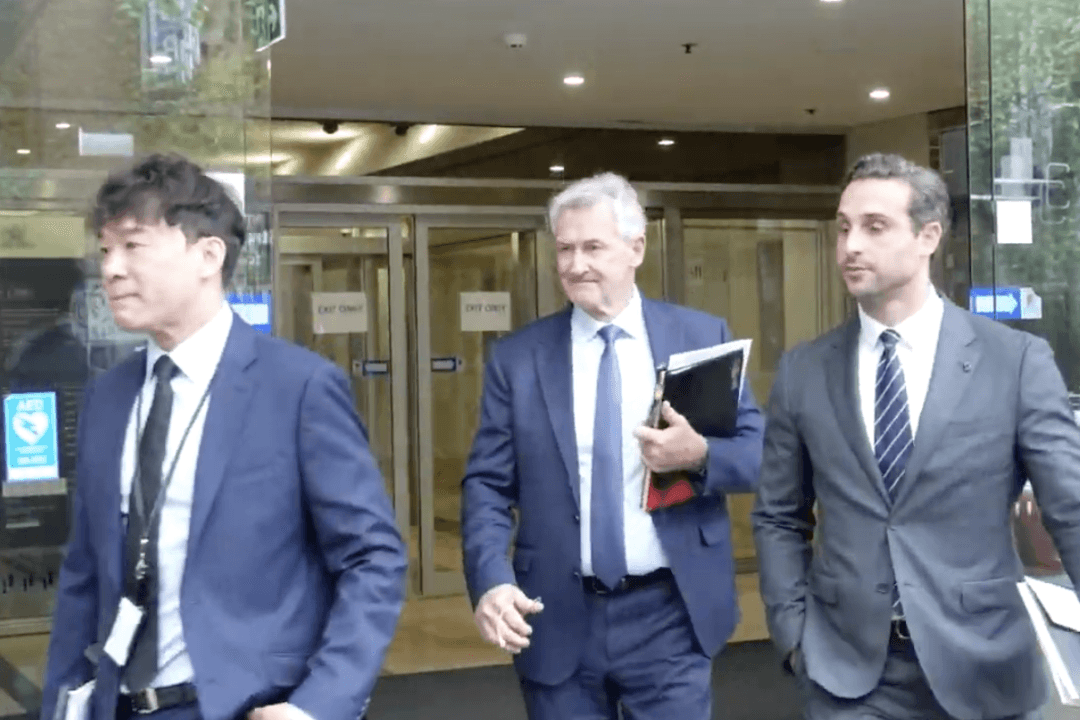Australia needs to invest more in hydrological modelling and new infrastructure to combat major and severe floods, according to a University of New South Wales (UNSW) expert.
In 2021, the Australian states of New South Wales and Queensland experienced once-in-a-century floods, with heavy rainfall damaging properties and infrastructure, as well as claiming numerous lives along the east coast of the country. It also saw the Australian Defence Force (ADF) dispatched to help with disaster relief along large sections of the east coast of the country.




